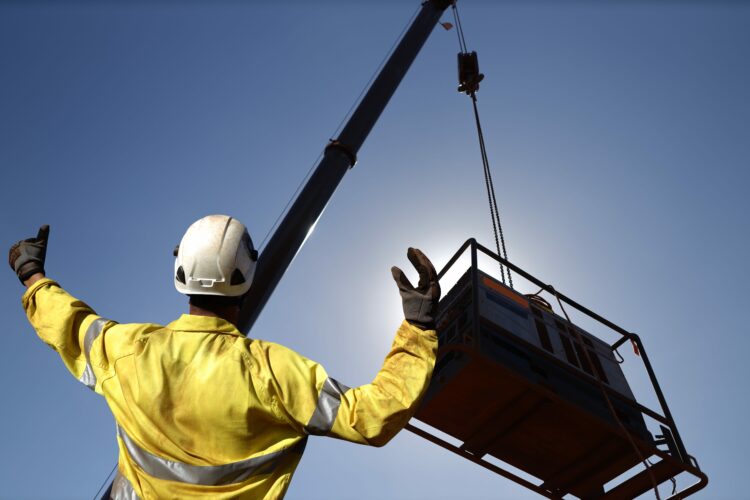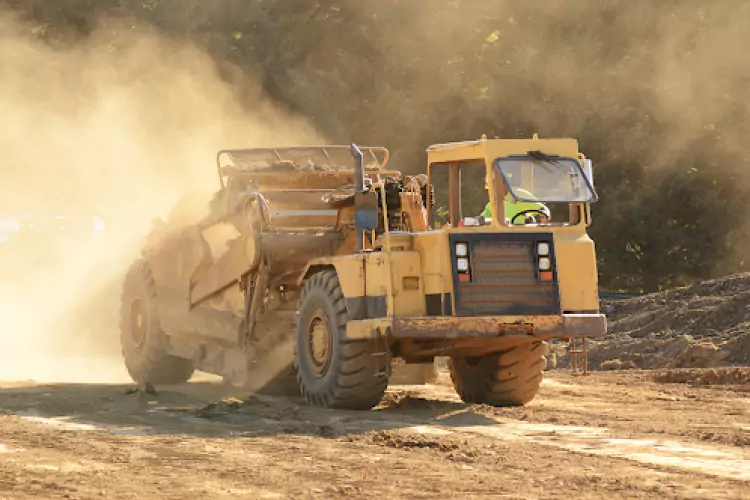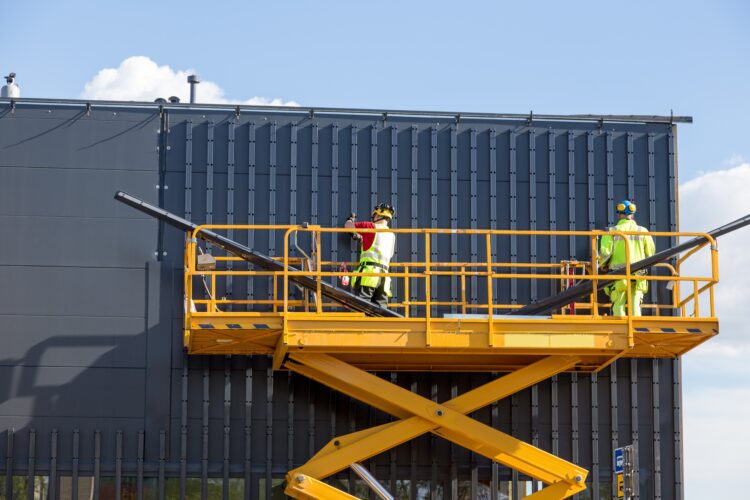The boom lift is a crucial asset in various industries, offering unparalleled access to elevated and hard-to-reach spaces. It operates with a hydraulic arm extending outward and upward, featuring a secure platform or bucket for operators.
Predominantly employed in construction, warehouse management, and maintenance, boom lifts facilitate efficiently completing high-reach tasks. Understanding how to operate a boom lift unlocks the full potential of this versatile aerial work platform. Further, working with site specialists can help you select the appropriate lifting equipment for your operations.
The guide covers the details of operating boom lifts, exploring their types, components, and safety protocols. As we navigate the essential steps to operate a boom lift, we’ll offer tips for increasing operational efficiency, weather considerations, accessories, and attachments available.
Functions of a Boom Lift
Before you try and rent a boom lift, it is crucial to understand its functions. This lifting machinery is often used in roofing, window washing, painting, and other similar jobs. They are articulated platform lifts designed to reach any height on a job site.
It features an extendable crane-like arm powered by hydraulics, reaching heights up to 180 feet (varies by design). Unlike their counterparts, boom lifts offer a secure workspace, ensuring your tasks at elevated altitudes are not just accomplished but done safely.
Safety, Maintenance, and Usage
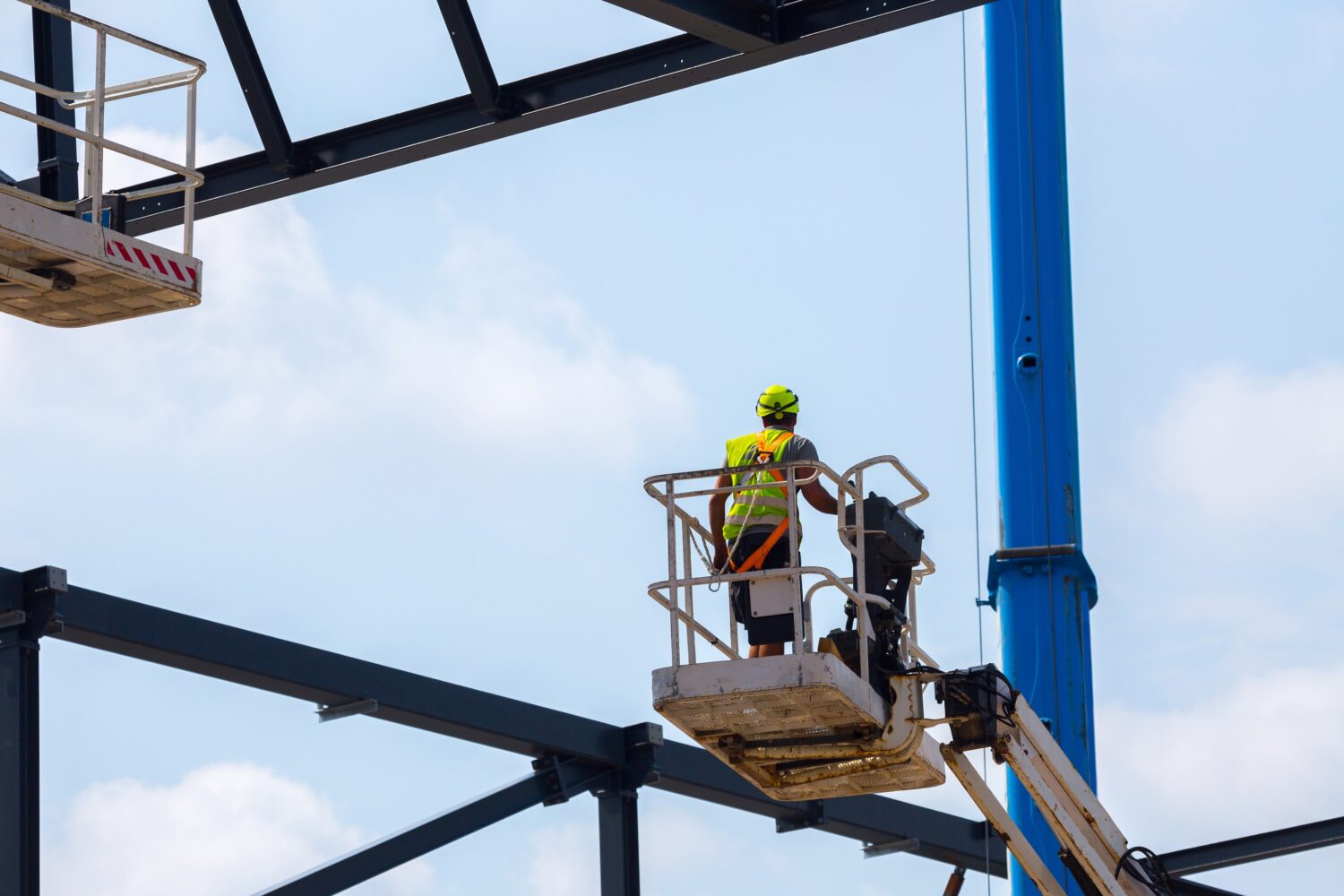
Whether fixing lights or reaching towering structures, boom lifts are the reliable tools that make these tasks entirely achievable. However, there are several takeaways that you should keep in mind before you decide to rent one or determine how much it costs to rent a boom lift.
- Safety: Operating a boom lift requires more than just a quick tutorial. These machines are hefty and robust, posing potential risks if not handled carefully. Proper training is non-negotiable for operators to navigate the nuances of these heavy lifting machinery. From the weighty chassis to the extendable arms, mishandling can result in serious harm. Safety isn’t an option when operating these machines—it’s the foundation of efficient boom lift operation.
- Maintenance: A well-maintained boom lift is a reliable machine. Routine check-ups become essential for these mechanical equipment. Certified professionals ensure the hydraulic systems and extending arms are in top-notch condition. It’s not just about preventing breakdowns. You should aim to avert accidents as well. Proper maintenance ensures the prolonged and efficient operation of these heavy lifting equipment.
- Versatility: These articulating machines are best known for their versatility. In construction, maintenance, film, and beyond, these aerial machines play key roles in the success of any project. The extendable arms can get to hard-to-reach spots.
How to Operate a Boom Lift
The following is a general overview of boom lift operations. It is important to note that specific boom lift models may have unique features or requirements, which may not be covered in the instructions below. Always refer to the manufacturer’s manual and guidelines for precise instructions tailored to your equipment. Remember to practice safety first, always.
Step 1: Pre-Operation Inspection
Before anything else, conduct a thorough pre-operation inspection. Check for visible damages, leaks, or loose components. Verify the functionality of all controls, ensure proper tire inflation, and inspect the hydraulic system for any anomalies.
Step 2: Personal Protective Equipment (PPE)
Next, gear up! Put on the necessary Personal Protective Equipment (PPE), including a hard hat, safety harness, and any other equipment mandated by regulations or the specific job requirements.
Step 3: Power-Up and Start-Up Procedures
Turn on the boom lift using the designated controls. Familiarize yourself with the control panel, activating the emergency stop and ensuring all functions respond correctly. Engage the hydraulic system and make certain all movements are smooth.
Step 4: Platform Entry
With the boom lift operational, safely enter the platform using designated access points. Ensure the platform gate is securely latched, providing a secure and enclosed workspace.
Step 5: Control Familiarization
Get acquainted with the control layout. Understand the functions of each lever or joystick, including lift, lower, extend, retract, and slew. Practice controlling the movements in a controlled environment before ascending.
Step 6: Maneuvering the Boom Lift
Operators need to master the maneuvering capabilities of their machines. Start with the basics by moving the boom lift to the desired location using the drive controls. Pay attention to ground conditions, obstacles, and clearance heights. Maintain a slow and steady pace, prioritizing workplace safety above all else.
Step 7: Positioning the Boom Lift
Once the machine is in the target area, position the boom lift for optimal reach. Utilize the extend and retract functions to align the platform precisely with the work area. Ensure stability by leveling the machine on a firm and level surface.
Step 8: Working at Height
As you ascend, monitor your surroundings. Communicate with ground personnel if necessary. Execute the task precisely, utilizing the boom’s extendable reach to access difficult spots.
Step 9: Descending and Shutdown Procedures
After the job is done, descend carefully, ensuring a smooth and controlled descent. There is no need to rush. Once on the ground, follow the shutdown procedures provided in the user’s manual. In case of an emergency, engage the emergency stop. Power down the boom lift and exit the platform safely.
Step 10: Post-Operation Inspection
Conduct a post-operation inspection. Look for any new damages, leaks, or issues that may have arisen during the operation. Report and address any concerns promptly.
Boom Lift Types
There are several types of boom lifts, each designed for specific applications and environments. Here’s a description of some common types:
Articulating Boom Lifts (Knuckle Boom Lifts)
- Description: Articulating boom lifts have multiple joints, allowing the boom to articulate or bend. This flexibility provides greater maneuverability, making them suitable for reaching over obstacles or accessing tight spaces.
- Applications: Ideal for tasks that require up-and-over reach, such as maintenance work on buildings, tree trimming, and intricate construction projects.
Telescopic Boom Lifts (Straight Boom Lifts)
- Description: Telescopic boom lifts have a straight, extendable arm that can reach high elevations in a straight line. They are known for their horizontal reach and are often used when a vertical lift is required without the need to position the lift directly above the work area.
- Applications: Commonly used in construction, industrial maintenance, and tasks that involve reaching high points without obstacles.
Spider Lifts
- Description: Spider lifts, also known as tracked boom lifts, are compact lifts mounted on tracks, offering versatility on uneven or rough terrain. They can navigate through narrow spaces and provide stability on slopes.
- Applications: Valuable for landscaping, tree care, and maintenance tasks in locations with challenging access points.
Trailer-Mounted Boom Lifts
- Description: These boom lifts are mounted on a trailer for easy transport. They are typically smaller in size and more portable than self-propelled models.
- Applications: Suitable for various tasks like maintenance, painting, and light construction where mobility and accessibility are key.
Towable Boom Lifts
- Description: Towable boom lifts are compact and can be easily towed behind a vehicle. They are designed for quick setup and are often used for short-term projects.
- Applications: Suited for tasks such as signage installation, painting, and maintenance projects that require rapid deployment.
Safety Tips When Using a Boom Lift
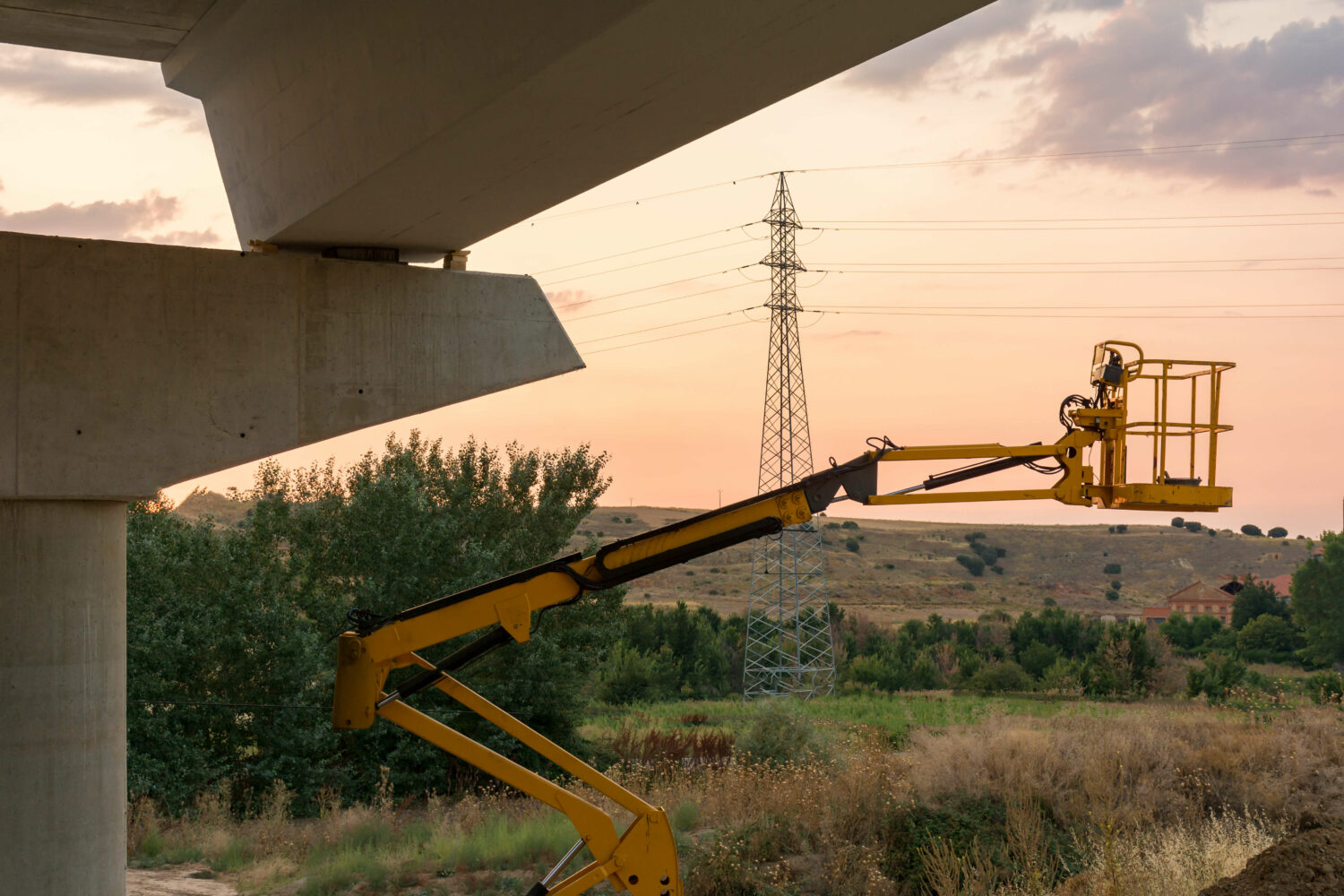
When you rent a boom lift for your project, it is crucial to ensure the safety of your personnel on-site. Here are a few safety tips that will come in handy:
- Proper Training: Ensure that all operators receive thorough training on boom lift operation from qualified instructors, covering theoretical knowledge and practical skills.
- Stable Ground: Prioritize placing the boom lift on stable, level ground to mitigate the risk of instability and tipping during operation.
- Weather Conditions: Avoid operating the boom lift in adverse weather conditions such as high winds, storms, or icy surfaces, as these factors can compromise safety.
- Overhead Hazards: Exercise constant vigilance regarding overhead hazards, including power lines, structures, and tree branches, to prevent collisions and ensure a hazard-free work environment.
- Communication: Establish clear communication protocols among team members to facilitate effective coordination and prevent misunderstandings that could compromise safety.
- Battery/Energy Source Safety: Safeguard the power source by ensuring that batteries are adequately charged, and all energy sources are properly maintained to prevent unexpected operational failures.
- Weight Limit: Adhere strictly to the weight limit specifications to prevent overloading, stability, and structural damage to the boom lift.
- Clear Work Area: Keep the work area clear of debris, tools, and other potential tripping hazards, promoting a safe environment for operators and those working nearby.
- Stay on the Platform: Emphasize the importance of remaining on the platform when the lift is in use, avoiding standing or climbing on guardrails to prevent accidents and falls.
- Emergency Procedures: Familiarize yourself with emergency procedures and equipment, and have a rescue plan to respond promptly and effectively in case of unforeseen incidents.
National Dispatching: Your Full-Service Equipment Rental Provider
For all your heavy equipment needs, you can trust our team at National Dispatching. We have proudly served contractors, supplying essential worksite machinery since 1988. If you want more insight and information, such as how much it costs to rent a boom lift, contact our specialists today.

